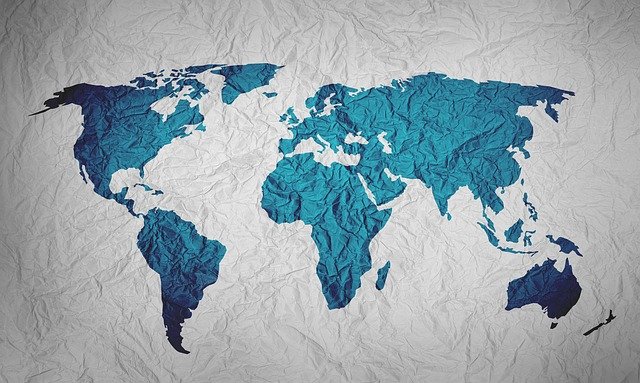The start of a direct military confrontation between Iran and Israel has brought renewed attention to Iran’s armed forces. Early this month, Israel attacked a building in Iran’s diplomatic compound in the Syrian capital, Damascus, killing seven of Iran’s senior commanders and military personnel.
Iran vowed to retaliate, and did so about two weeks later, starting a broad aerial attack on Israel on Saturday involving hundreds of drones and missiles aimed at targets inside Israel and the territory it controls.
Here’s a look at Iran’s military and its capabilities.
Why is Iran’s military relevant right now?
Israeli officials had said they would respond to any attack by Iran with a counterattack, which could prompt further retaliation from Iran and possibly expand into a wider regional war. There is even a chance that a conflict of that sort could drag in the United States, although Washington has made clear it had nothing to do with the Damascus attack.
Analysts say that Iran’s adversaries, primarily the United States and Israel, have avoided direct military strikes on Iran for decades, not wishing to tangle with Tehran’s complex military apparatus. Instead, Israel and Iran have been engaged in a long shadow war via air, sea, land and cyberattacks, and Israel has covertly targeted military and nuclear facilities inside Iran and killed commanders and scientists.
“There is a reason Iran has not been struck,” said Afshon Ostovar, an associate professor of national security affairs at the Naval Postgraduate School and an expert on Iran’s military. “It’s not that Iran’s adversaries fear Iran. It’s that they realize any war against Iran is a very serious war.”
What sort of military threat does Iran pose?
The Iranian armed forces are among the largest in the Middle East, with at least 580,000 active-duty personnel and about 200,000 trained reserve personnel divided among the traditional army and the Islamic Revolutionary Guards Corps, according to an annual assessment last year by the International Institute for Strategic Studies.

